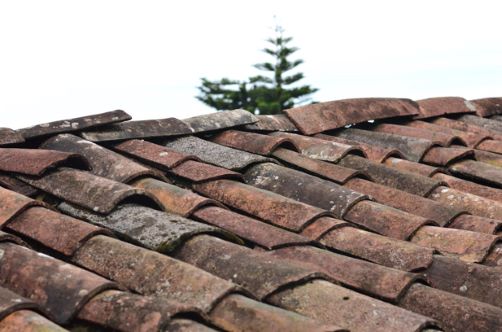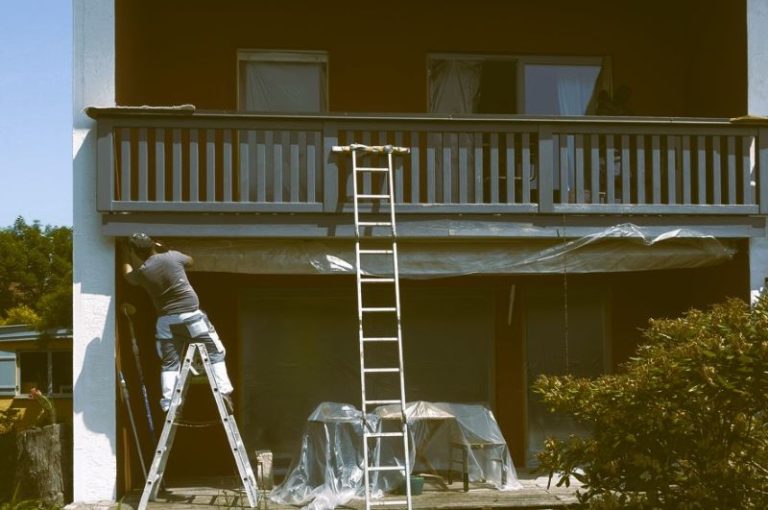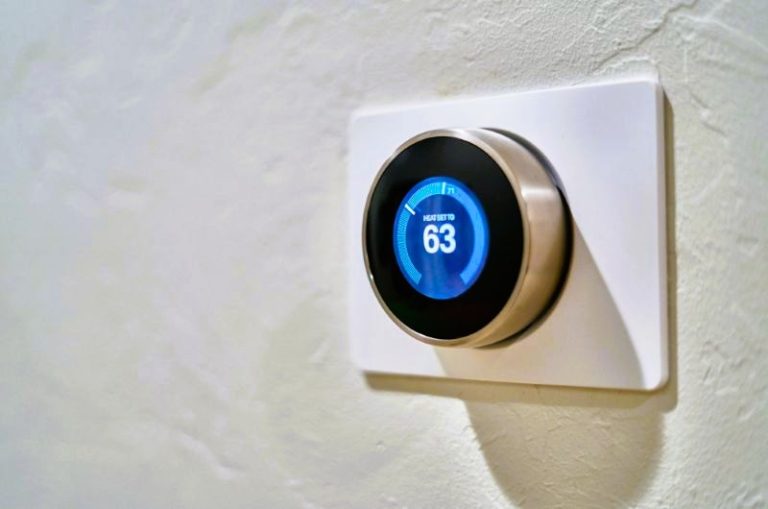

In regions like Tacoma, WA, where the climate demands both heating in the winter and cooling in the summer, roof insulation becomes a cornerstone of energy efficiency. With average winter temperatures often dropping to the low 40s and occasional wet conditions, homes without proper insulation face significant heat loss and increased energy consumption. During the summer, insulation also plays a crucial role by preventing excessive heat gain, which can otherwise strain cooling systems. Tacoma homeowners are uniquely positioned to benefit from roof insulation upgrades, given the area’s mix of seasonal weather and rising energy costs. By addressing insulation needs, residents can improve comfort, reduce utility bills, and contribute to the city’s broader sustainability goals.
The Importance of Roof Insulation for Energy Efficiency
Roof insulation plays a pivotal role in minimizing heat loss during cold months and preventing heat gain during the summer. Without insulation, your heating and cooling systems must work overtime to maintain comfortable indoor temperatures. This inefficiency leads to excessive energy consumption and higher utility bills. Proper insulation reduces the need for constant heating or cooling by maintaining consistent indoor temperatures. A well-insulated roof ensures energy-efficient living, no matter the climate. The benefits extend beyond financial savings, as reduced energy consumption directly lowers greenhouse gas emissions. With the right insulation techniques, you not only enhance your home’s efficiency but also contribute to a more sustainable environment.
Key Signs Your Roof Insulation Needs an Upgrade
Roof insulation issues are often overlooked until they lead to noticeable problems, particularly in climates like Tacoma’s, where fluctuating temperatures can exacerbate inefficiencies. Uneven heating, drafts, and rising energy bills are all signs that insulation may be failing. Older homes in Tacoma, especially those built before modern energy codes, are at a higher risk of inadequate or deteriorated insulation. Another key factor to watch for is condensation or moisture buildup, which can compromise both insulation and the structural integrity of your roof. In some cases, a Tacoma WA roof replacement project could include insulation upgrades as a standard part of the process, ensuring homes meet modern efficiency standards. Local professionals specializing in Tacoma’s specific climate can help identify these issues and recommend solutions that optimize energy performance while protecting your home from weather-related damage.
Types of Roof Insulation Materials to Consider
Choosing the right insulation material can make a significant difference in energy efficiency. Common options include fiberglass, spray foam, cellulose, and rigid foam boards. Fiberglass, made from recycled glass, is affordable and easy to install, while spray foam provides excellent coverage and seals air gaps effectively. Cellulose, often crafted from recycled paper products, is eco-friendly and works well in tight spaces. Rigid foam boards offer high thermal resistance, making them ideal for extreme weather conditions. Each material has unique benefits, so consider your budget and specific needs when deciding. Consulting with professionals ensures that you choose the best option for long-term performance and cost-effectiveness.
How Proper Insulation Lowers Heating Costs
Effective roof insulation acts as a thermal barrier, minimizing heat transfer between the interior and exterior of your home. During winter, heat naturally rises and escapes through poorly insulated roofs, forcing your heating system to work harder. Insulation traps this heat, keeping your home warmer for longer periods. Similarly, in summer, it prevents heat from penetrating your living spaces, reducing the need for air conditioning. These effects significantly lower energy demand, translating to reduced heating and cooling costs. With proper insulation, your home remains comfortable year-round without overburdening your HVAC systems. Investing in quality insulation materials pays off through consistent savings and improved energy performance.
The Role of Ventilation in Roof Insulation Performance
While insulation is crucial, ventilation ensures its effectiveness by regulating airflow and preventing moisture buildup. Poor ventilation can trap humidity in your attic, reducing insulation efficiency and fostering mold growth. Proper ventilation systems allow air to circulate, maintaining a dry environment that complements insulation. This combination of insulation and ventilation reduces temperature fluctuations and energy loss. Roof vents, soffit vents, and ridge vents work together to balance airflow, extending the lifespan of your roof and insulation. Ignoring ventilation needs can lead to energy inefficiency and costly repairs. Incorporating both elements guarantees a more durable and efficient roofing system.
Common Mistakes to Avoid During Roof Insulation Projects
Roof insulation projects require precision and planning to achieve optimal results. A common mistake is choosing the wrong type of insulation for your home’s specific needs. Each material has unique properties, and selecting the wrong one can lead to subpar energy efficiency. Skipping a professional assessment is another pitfall, as it can result in uneven installation or missed problem areas. Utilizing premier roofing services to thoroughly inspect your roof and address any underlying issues before you proceed with insulation installation ensures a solid foundation for energy efficiency. Some homeowners also neglect to address air leaks, assuming insulation alone is enough. Without sealing gaps and cracks, even the best insulation will underperform. Additionally, inadequate ventilation during installation can lead to trapped moisture, compromising the insulation’s effectiveness. Avoiding these errors ensures a successful insulation upgrade that maximizes energy savings and long-term durability.
The Cost-Benefit Analysis of Upgrading Roof Insulation
While upgrading roof insulation requires an upfront investment, the long-term savings make it a worthwhile expense. Improved insulation significantly reduces energy bills by minimizing heat loss and gain. Over time, these savings offset the initial costs, providing financial relief year after year. Many insulation materials also come with extended lifespans, meaning fewer replacement expenses down the line. Furthermore, upgrading insulation adds value to your home, an important factor if you’re considering selling. Beyond financial benefits, the reduction in energy usage decreases your carbon footprint, contributing to environmental conservation. Conducting a cost-benefit analysis helps you appreciate how this investment pays off in multiple ways.
Maximizing roof insulation is an essential step toward achieving energy efficiency, lowering heating costs, and creating a more comfortable living space. From choosing the right materials to avoiding common mistakes and considering your local climate, each decision impacts the effectiveness of your insulation. Addressing these factors ensures a well-insulated home that reduces energy waste, lowers utility bills, and enhances indoor comfort. While the process may involve upfront investment and careful planning, the long-term benefits make it a valuable endeavor. With proper insulation and professional guidance, you can enjoy a home that remains warm in winter, cool in summer, and energy-efficient all year long.


